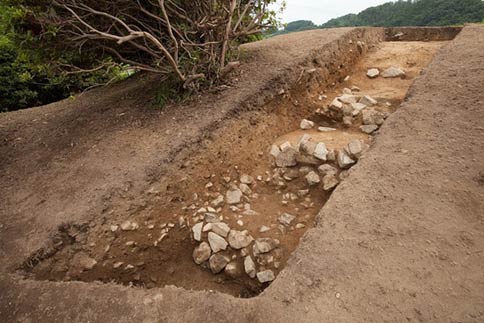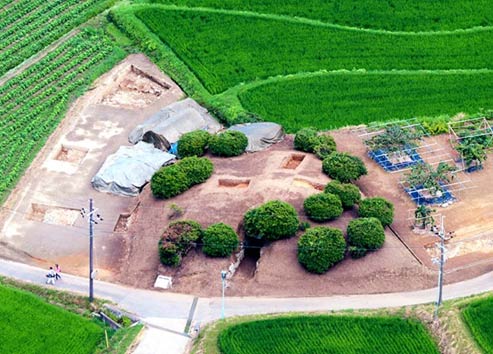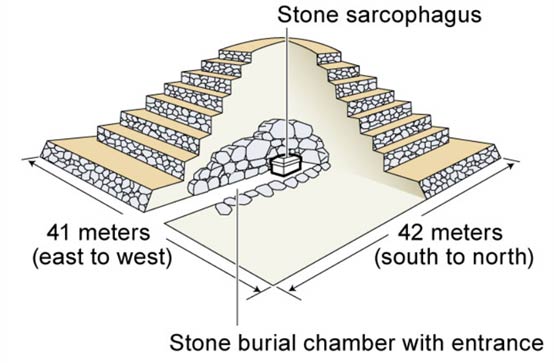| Online: | |
| Visits: | |
| Stories: |

| Story Views | |
| Now: | |
| Last Hour: | |
| Last 24 Hours: | |
| Total: | |
Incredible discovery of pyramid-shaped tomb in Japan adds to mystery in Asuka – See more at: http://www.ancient-origins.net/news-history-archaeology/incredible-discovery-pyramid-shaped-tomb-japan-adds-mystery-asuka-001974#!bExWme
Archaeologists in Japan have discovered that a large mound in the village of Asuka in Nara Prefecture contains a pyramid-shaped tomb underneath, according to a news release in the Japan Times. While work at the site is ongoing, the tomb has preliminarily been dated to the latter half of the sixth century. The finding adds to the mystery in Asuka, where multiple carved granite stones in peculiar shapes are dotted across the region, including the most well-known structure – the Rock Ship of Masuda.
Experts at the municipal education board and Kansai University’s Archaeological Research Institute said that the newly discovered pyramid-like burial, which has been named the Miyakozuka tomb, is a terraced pyramid made of multiple stone layers. So far, researchers have excavated stepped layers made of stones packed with soil on three sides of the mound. Based on the height of the mound, it is believed that the tomb consists of seven or eight stone layers.

New excavations reveal that the ancient tomb in Japan apparently had a step-pyramid shape. Credit: Asuka Mura Public Office
The pyramid-shaped tomb is buried under an earthen mound, which is up to 7 metres in height and 40 metres in length. Experts say the structure is similar to those found in the ancient kingdom of Koguryo (3rd century BC – 7th century AD), which reigned over north-eastern China and the northern part of the Korean Peninsula.
The village of Asuka is also known to be an ancient land with historical interest. It has its origins in the Tumulus Period (250-552 AD), also called Kofun jidai, which means Old Mound period. This era of Japanese history is characterised by a particular type of burial mound that was popular at the time; specifically key shaped earthen mounds surrounded by moats. However, the newly-discovered step pyramid is quite different to those that have already been found.

The Miyakozuka Tomb in Asuka, Nara Prefecture, as seen from a helicopter. Credit: Masaki Yamamoto
While archaeologists have not yet identified the tomb’s owner, one hypothesis is that it belongs to Soga no Iname, a Yamato Dynasty leader who died in 570 AD. Soga no Iname was a statesman who acquired great power from his control of immigrants from China and the Korean Peninsula, who brought cultural and technological advances with them to Japan. He had close ties to the Koguryo kingdom, so the architectural design of his tomb may have been influenced by the tombs associated with that kingdom.

Artist’s rendition of the Miyakozuka pyramid-shaped tomb. Credit: The Asahi Shimbun
- See more at: http://www.ancient-origins.net/news-history-archaeology/incredible-discovery-pyramid-shaped-tomb-japan-adds-mystery-asuka-001974#!bExWme
CONTINUE READING AT: http://www.ancient-origins.net/news-history-archaeology/incredible-discovery-pyramid-shaped-tomb-japan-adds-mystery-asuka-001974#!bExWme



